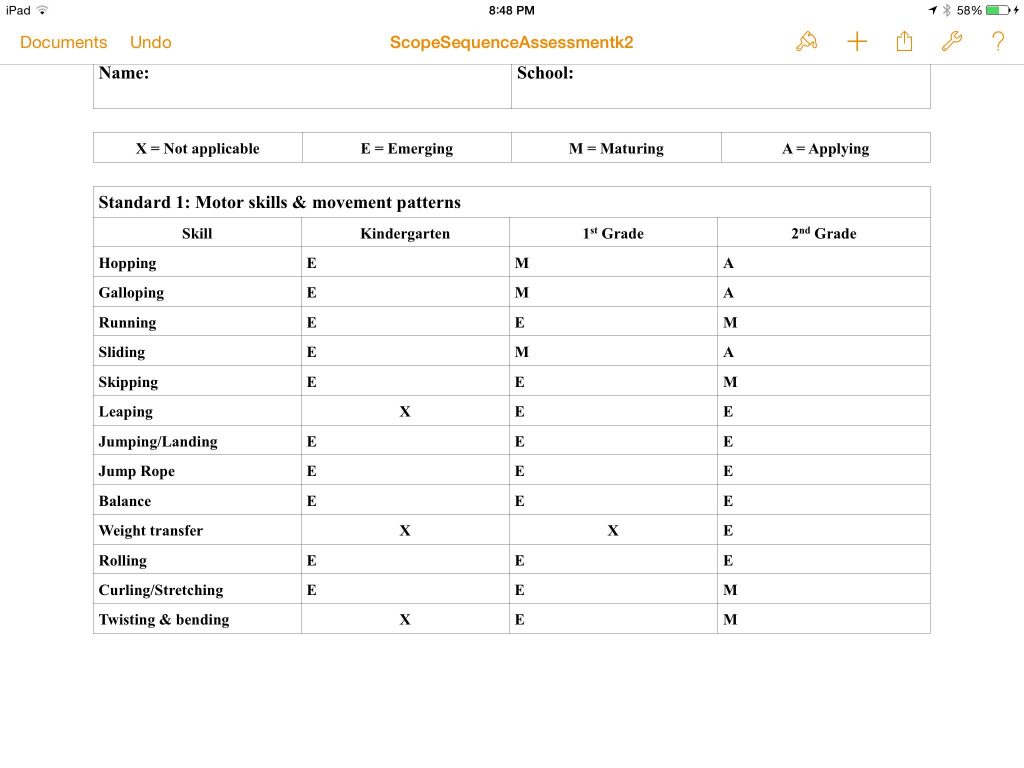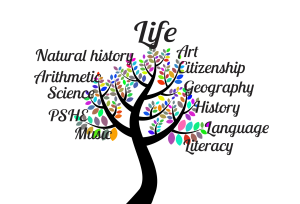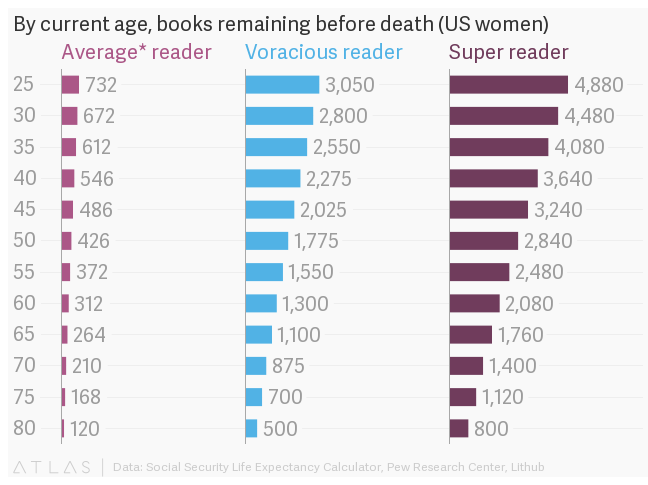What is meant by strengths-based education? I feel it might be advantageous to start with what is a weakness-based model. Most mass institutions of learning (such as public school) are weakness-based models. This model starts with a prescribed scope and sequence that will be followed. That means, in kindergarten, each child will learn this, this, and that. In first grade, each child will learn this, this, and that. World Book Encyclopedia puts out a Typical Course of Study for each grade. Once we choose to homeschool, many parents look for something like this to “be sure their child is learning what they are supposed to.”

Here’s the problem with this model, and why it is actually weakness-based. You look at what your first grader should know in English. Awesome, everything is checked. You look at social studies, yep, check. And then you look at math, nope. And science, nope. So, what do you do? You focus in on math and science to check all the boxes. Why do you think the English and social studies were good with your child? Maybe they already read and love it. Maybe they are into history and their communities and naturally soak that up. This means these areas are strengths for them. It comes naturally and easily. And maybe that means math and science are not a current interest or it doesn’t come naturally. Thus, by focusing on what they do not know, you are focusing on their weakness, or a current non-interest. This means you may end up with a struggle on your hands!
Now, let’s flip that around, and you will know what a strengths-based learning environment looks like. Instead of focusing on what a child doesn’t know or isn’t interested in, you actually feed more of what they are good at and what they are currently interested in! Didn’t most of us go into a profession based on an interest or a talent? Isn’t it our strengths that will help us bless the world and in which we will find our purpose in life? You like math? Let’s do more of that! Let me bring in pentominoes, tangrams, challenge puzzles, and board games. You like history? Let’s go to re-enactments, listen to Story of the World when we drive somewhere, watch the History Channel, or go to museums. You like science? Let’s go on nature walks, get Eyewitness books and videos, or find some visual experiment books. This is how you develop a love of learning. This is how you find a passion.

What if it’s a weakness? Or fear of failure? Or perfectionism? Or they’re just not that interested? I don’t want to mess up my child! First of all, interests come and go. The 8-10 year stage is a time in particular where children like to start sampling from the buffet table of knowledge. Bring in interesting resources and ideas that match how they learn to see if it prompts a new interest, whether short-term or long-term. I remember bringing in Shel Silverstein poetry books for my son, thinking he might find it interesting. I showed it to him, told him he might find it fun, left it for him to look into or not, and left. He didn’t have an interest. So, it went on my bookshelf. A year later, he was perusing our shelves, stumbled on them, and had a good year interest in poetry.
Second, there is time. I promise. If you really think about how school is set up, for the elementary age (K-5), they are taught all the subjects at a young level; then middle school (6-8), they are retaught those same subjects at a middle level; then high school (9-12), they are retaught all those subjects again at a higher level; and last, at college, all the subjects are taught at the highest level (well, there’s master’s and doctorate levels as well). If they don’t get science in elementary or middle school, you can always catch it at high school. Or, in the case of my daughter, she took her first lab science in college (and aced it!).
How did that happen? She didn’t have to take elementary science first, then middle, then high school to ace that biology class in college. Her brain was developing that whole time and was more than prepared to understand a lab science at that stage without any of the precursors. She had developed her intelligence through her strengths! She was a writer and spent enormous amounts of time writing fiction. She loved animals and spent an enormous amount of time observing animal behaviors and practicing it (on her dogs, for instance, through dog training). She lived with brothers with developmental disabilities, and took an interest, and learned enough to mentor them, and eventually be employed in the field. She was creative and nurtured that in various ways.

She was a whole adult. With adult-level competencies. With many areas of “holes” in her education. Just like you. And me. Think for a minute about all the knowledge in the world. There is no way to know it all. It is said that there are about 130 million books that have been published in modern history. If you read one book a day, it would take you over 356,000 years to read all of them. So, one should be careful what is selected to read if you are limited on your intake. Isn’t that the same for knowledge? You absolutely cannot know everything. So, why not carefully choose where to put your energy and your focus? Why not on your strengths? That is where you will bless your life and the world.
If you would like to read more on this topic, or if you benefited from this content, please consider supporting me by buying access to all of my premium content for a one-time fee of $15 found here. This will even include a 50% off e-mail link toward a copy of my popular The Right Side of Normal e-book (regularly $11.95)!





